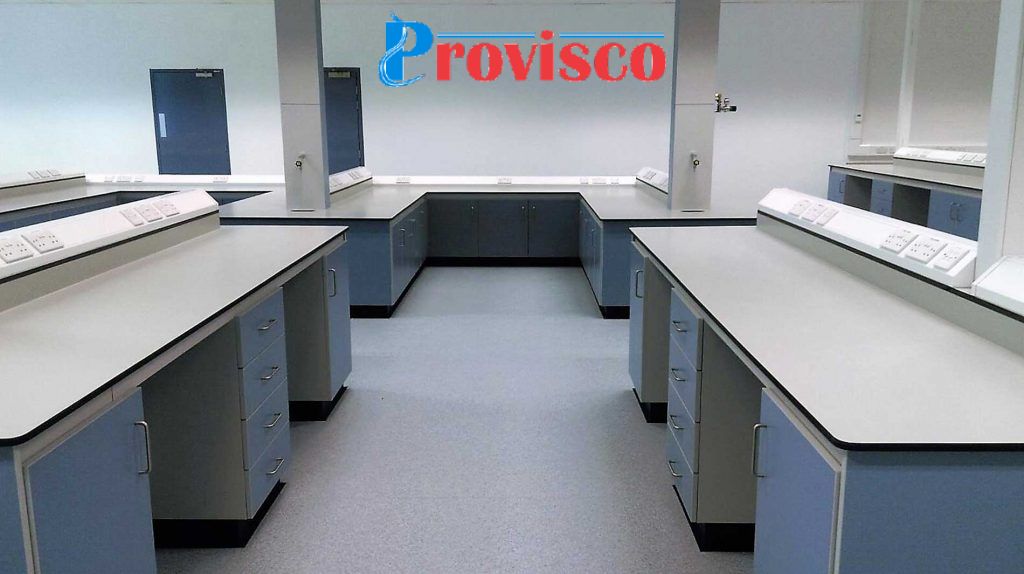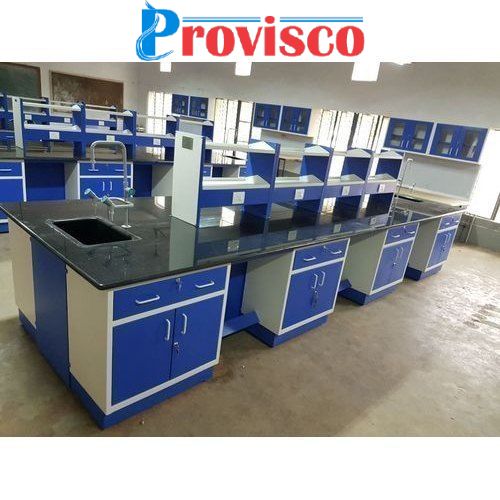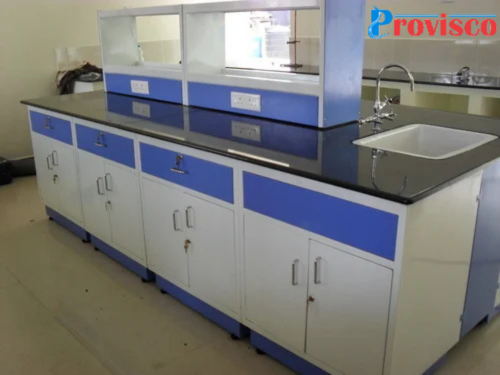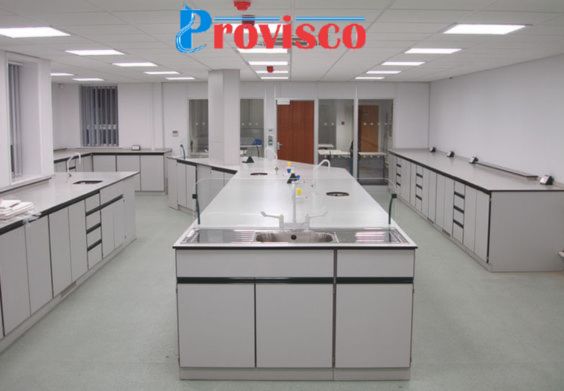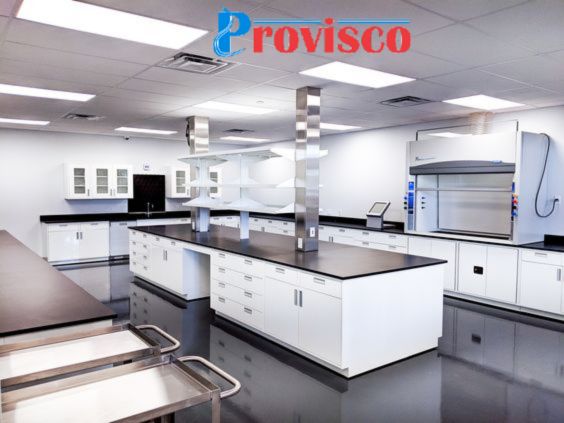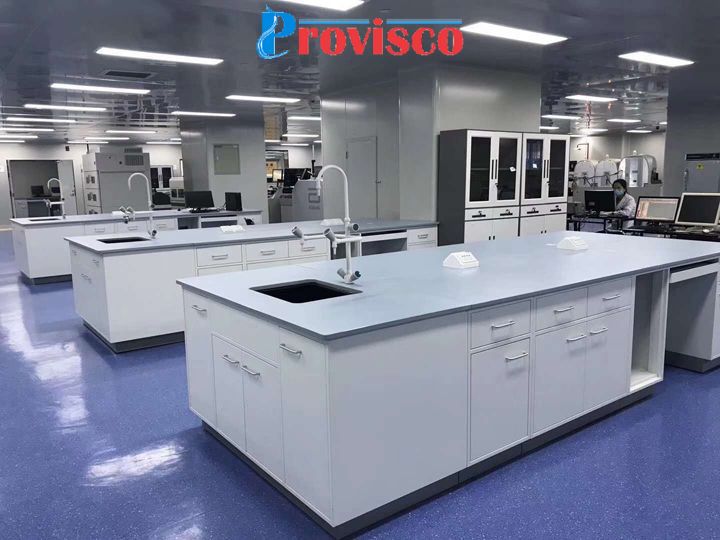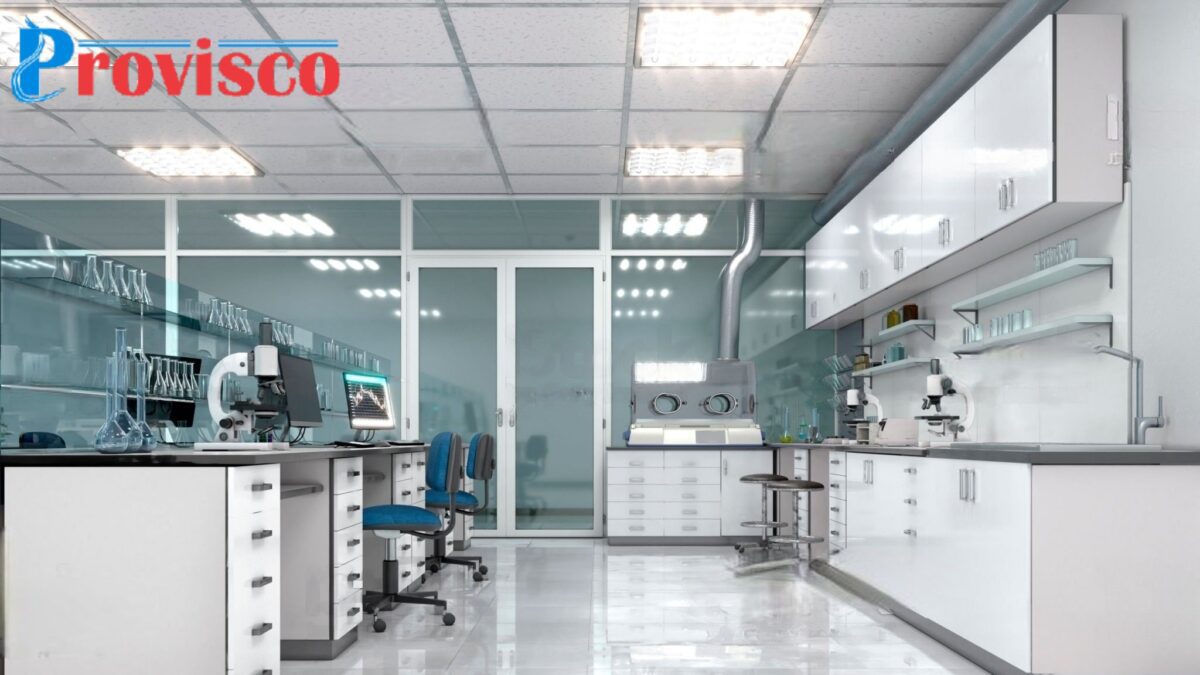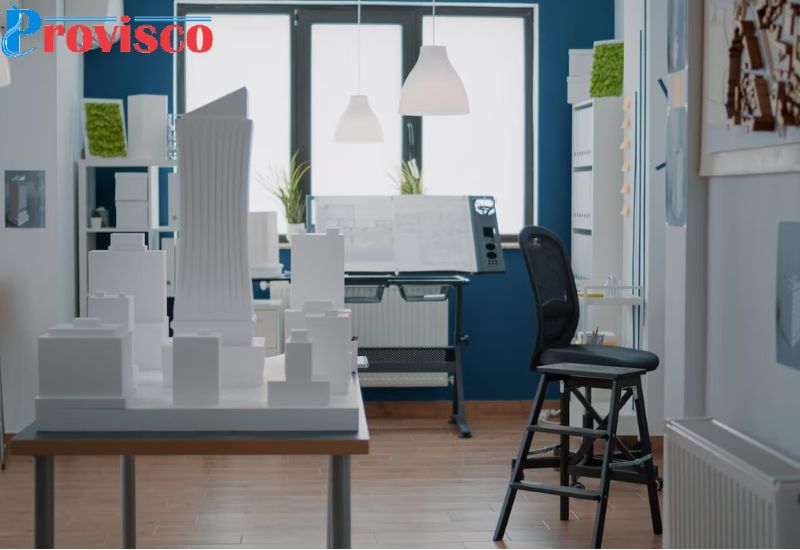Laboratories have progressed from antiseptic, utilitarian settings to lively centers of invention. Lab furniture has experienced a revolution in the pursuit of advancement, responding to the changing needs of researchers worldwide.
Ergonomics released: Comfort and Productivity in Design
The days of uncomfortable, rigid lab furniture are over. The current method prioritizes ergonomic design to improve researcher comfort and productivity. Adjustable workstations, ergonomic chairs, and adjustable storage solutions are becoming increasingly common, supporting a healthier and more effective workplace.
Embracing Eco-Friendly Solutions in Laboratory Furniture
As the world grows more environmentally conscious, modern lab furniture makers are shifting to more environmentally friendly materials and manufacturing practices. Investigating eco-friendly alternatives not only decreases environmental effects but also corresponds with the objectives of research institutions committed to sustainability.
Personalizing to Specific Needs in Custom Solutions for Modern Labs
One size does not fit all, especially in the laboratory setting. Custom lab furniture options are becoming increasingly common, allowing researchers to personalize their workstations to specific needs. Customization guarantees that every inch of the lab is optimized for functionality, from modular workstations to customized storage units.
Integration of Technology: Smart Labs for Smarter Research
The incorporation of technology into laboratory furniture is transforming research facilities into smart laboratories. Labs are becoming more efficient and connected, thanks to clever storage solutions and IoT-enabled equipment. Researchers may now remotely monitor trials and retrieve data in real-time, transforming the way tests are carried out.
Global Trends: Changing the Face of Laboratory Spaces
Trends in laboratory furniture know no bounds. The design and functionality of modern laboratories are influenced by international influences. Understanding worldwide trends enables manufacturers to stay ahead of the curve in terms of innovation, developing furniture that satisfies the different needs of researchers all around the world.
Elegance and Function: According to Form and Function
Aesthetics are important in modern labs as well as utility. It is critical to strike a balance between a visually pleasing area and practical functionality. Sleek designs, brilliant colors, and well-thought-out layouts all contribute to an inspiring work atmosphere for researchers.
Space Optimization Techniques: Improving Efficiency
Space utilization is a significant concern in modern lab design. Intelligent layouts and furniture solutions that save space lead to a more organized and productive study environment. Labs are developing to meet the increased demand for collaborative environments while maintaining individual work zones.
Laboratory Furniture Quality Standards: Ensuring Scientist Health
In the lab furniture manufacturing industry, safety standards are non-negotiable. Researchers’ well-being is dependent on the quality and safety characteristics of the furniture they use on a daily basis. Manufacturers are investing in cutting-edge safety solutions to build labs that prioritize the health and safety of those who work in them.
Predictions and Speculations on the Future of Lab Furniture
The evolution of laboratory furniture is a continuous process. Predicting the future entails taking into account technological improvements, changes in research methodology, and the changing demands of researchers. The possibilities are tremendous, ranging from modular furniture that grows with research programs to biophilic designs that connect labs with the outdoors.
Behind the Scenes: Lab Furniture Manufacturing
Making high-quality lab furniture is a time-consuming operation. A behind-the-scenes view provides insight into the craftsmanship necessary to manufacture furniture that matches the rigorous standards of modern laboratories, from material selection to precision manufacturing.
Addressing Common Issues in Modern Laboratory Design
Despite progress, the current lab design poses unique obstacles. It might be difficult to strike a balance between the requirement for open cooperation and the need for concentrated individual workplaces. Overcoming these problems necessitates a methodical strategy that takes into account the distinct needs of each study discipline.
Tips for Maintaining Lab Furniture in Good Condition
Investing in modern lab furniture is a long-term commitment. Proper maintenance is critical to ensuring the longevity of these investments. From regular cleaning practices to preventive maintenance regimens, simple yet effective tips can dramatically increase the lifespan of lab furniture.
Conclusion
In conclusion, the evolution of lab furniture indicates a significant shift in the research landscape. Modern labs are stimulating foci for scientific advances, with a focus on ergonomic design, sustainability, and technological integration. As manufacturers continue to innovate, the future holds even more interesting breakthroughs at the crossroads of design, technology, and research, guaranteeing that laboratories remain at the forefront of revolutionary discoveries and advancements.
FAQs
1. Are ergonomic aspects in lab furniture really that important?
Without a doubt. Ergonomic characteristics improve researcher comfort and can lead to higher productivity and well-being.
2. How does customization help a research lab?
With customization, labs can design their furniture to specific demands, maximizing space and functionality.
3. How important is technology in modern lab design?
Including technology in lab furniture boosts efficiency, connectivity, and the entire study experience.

